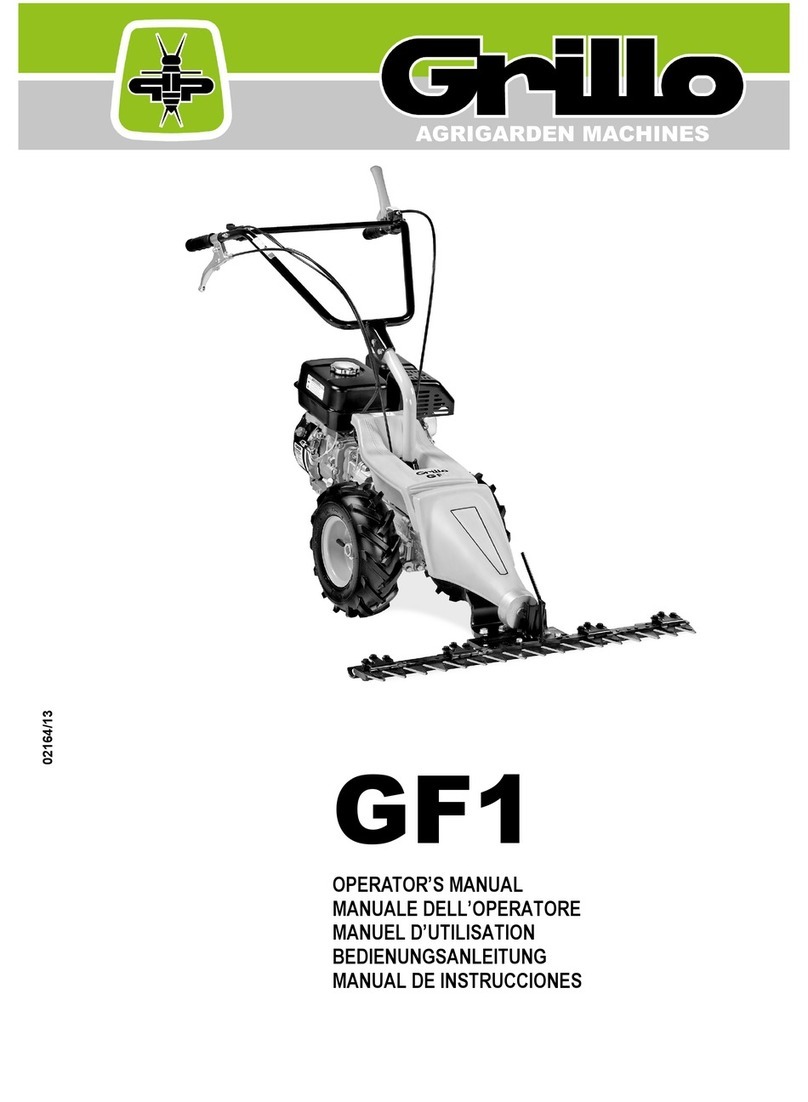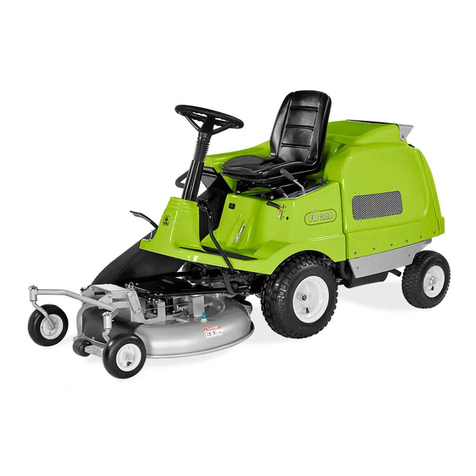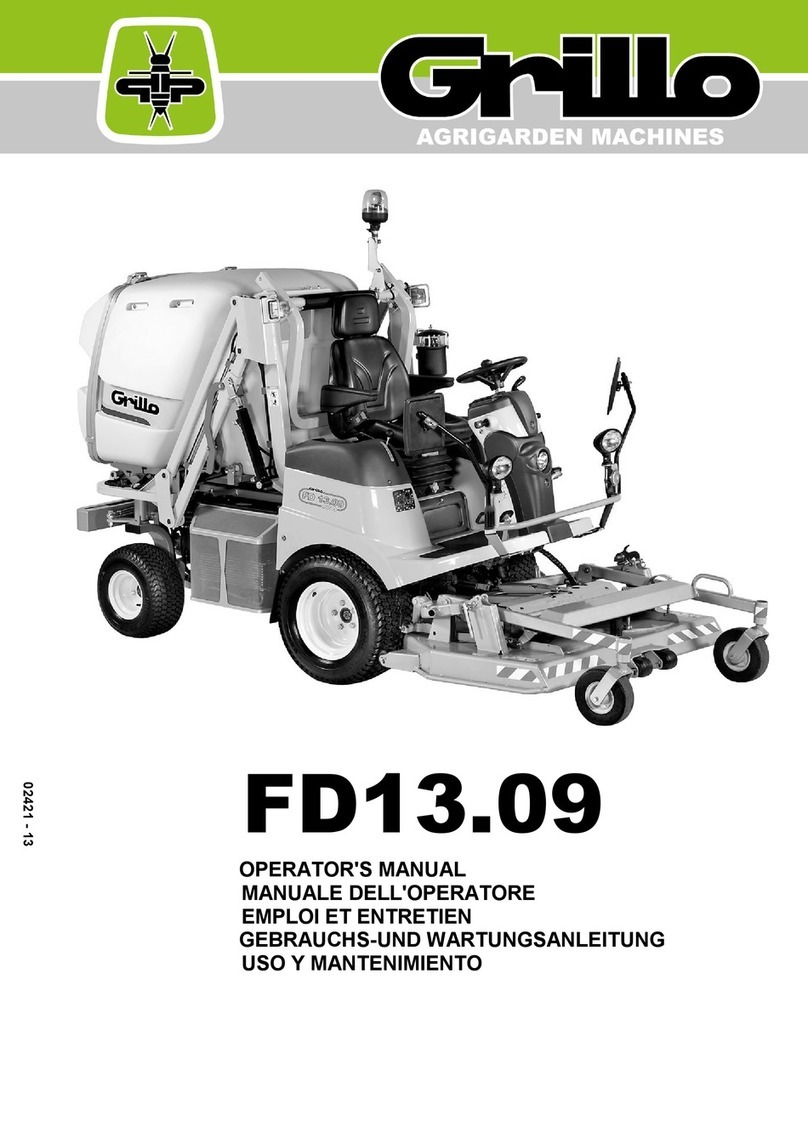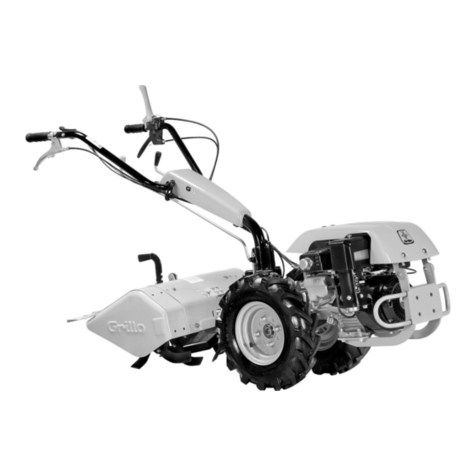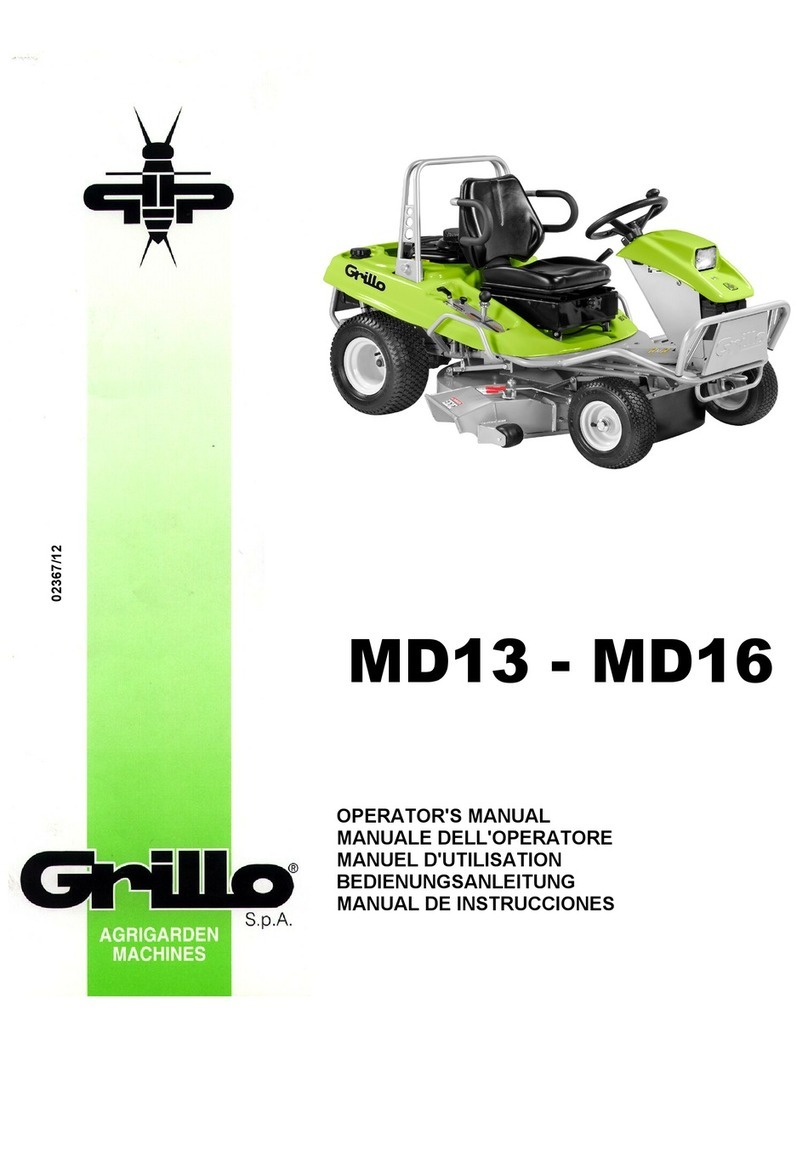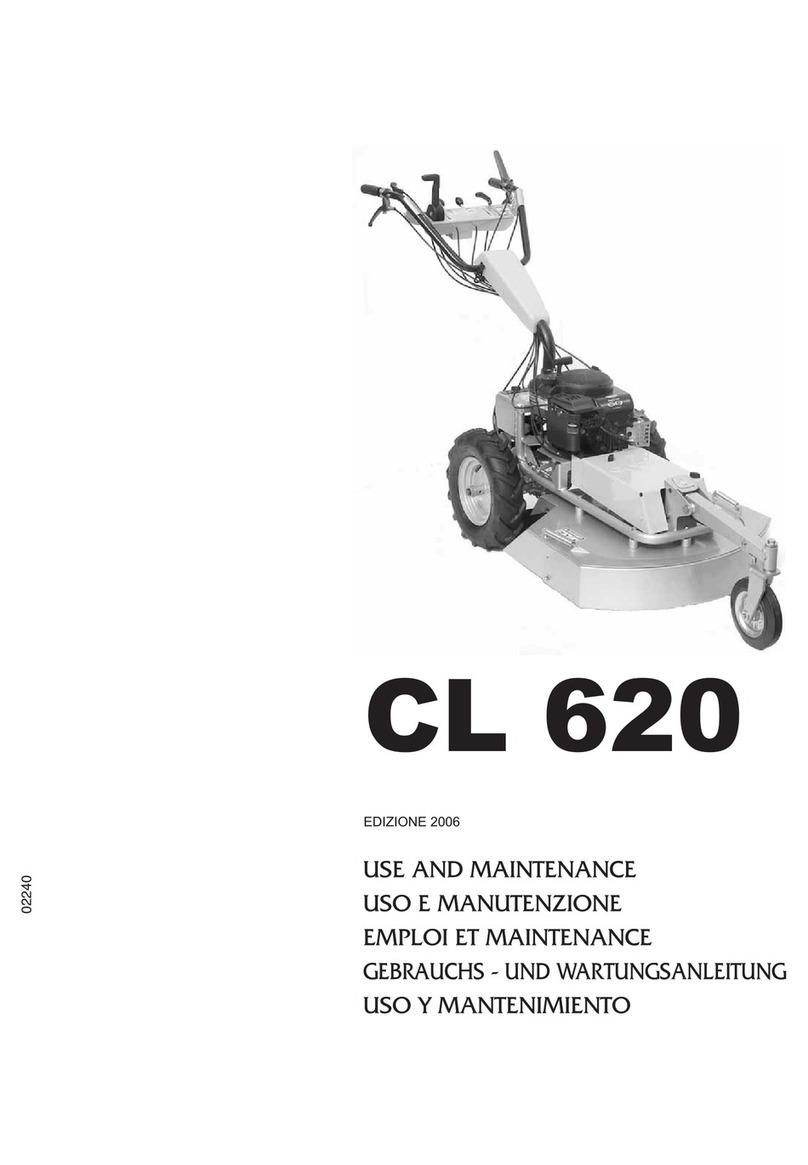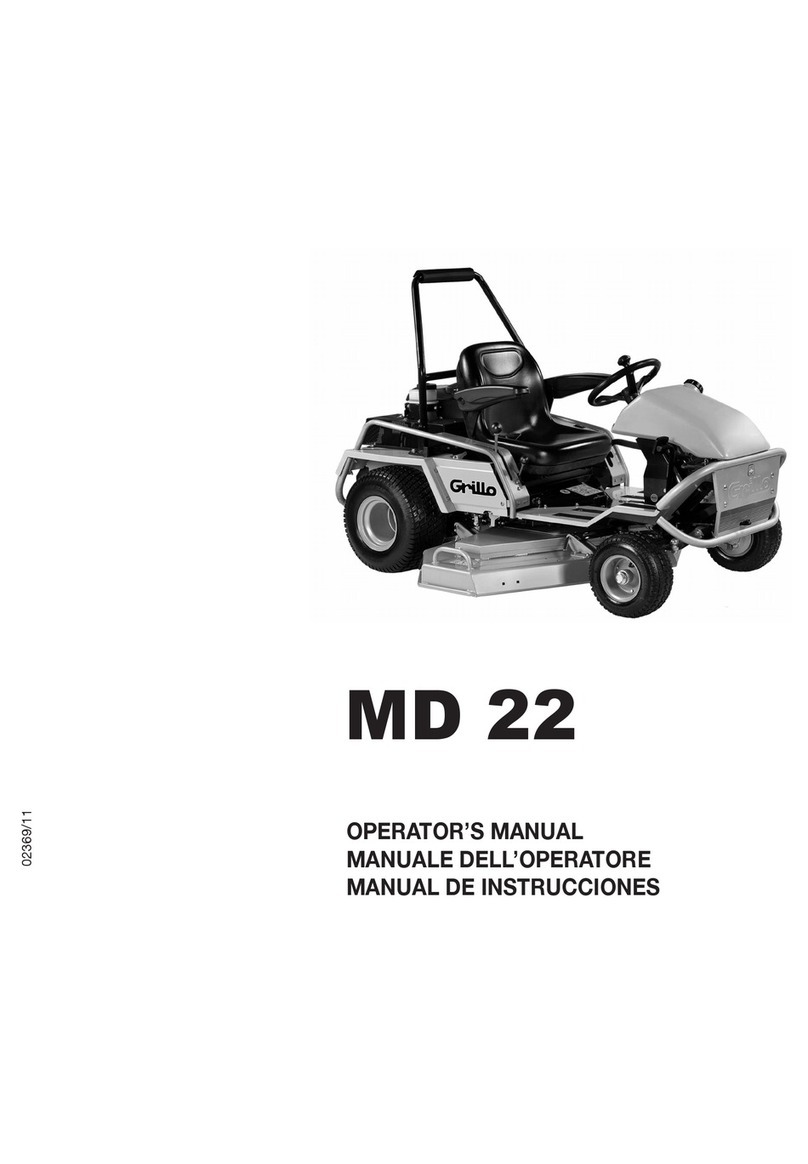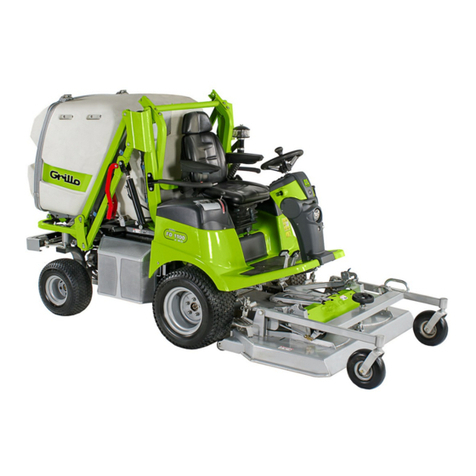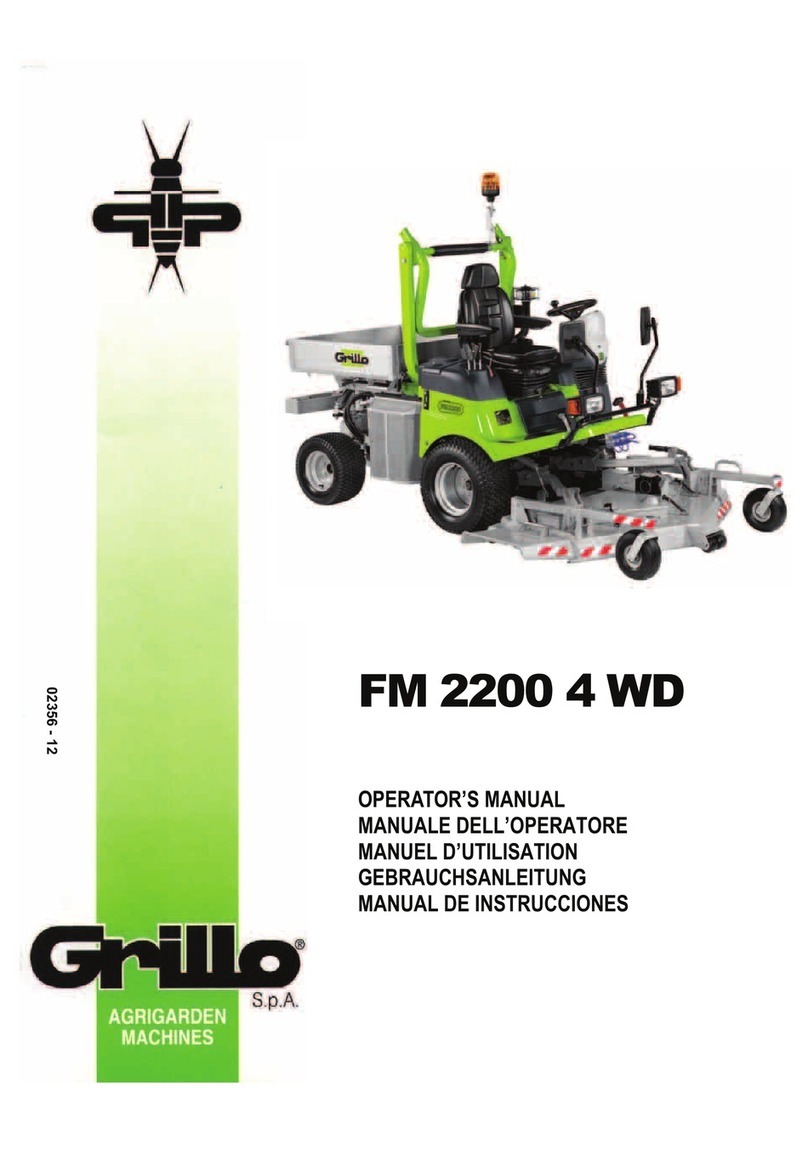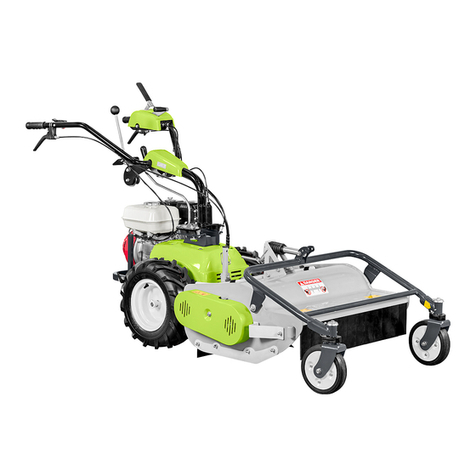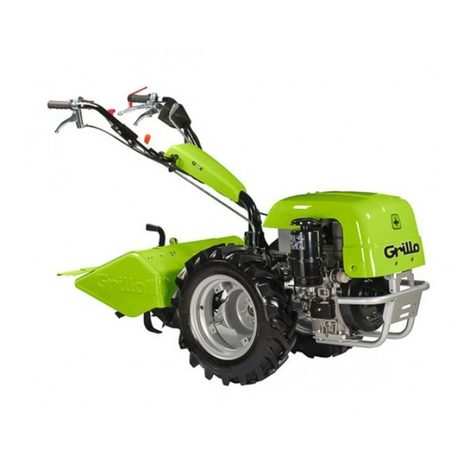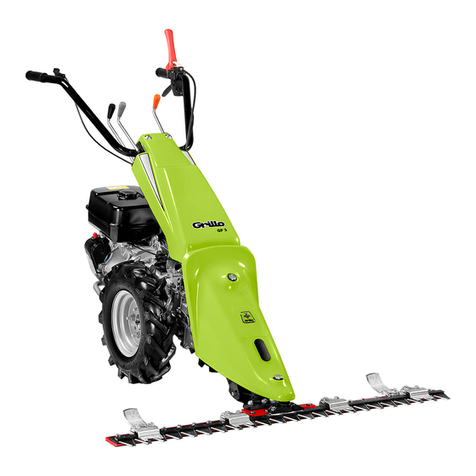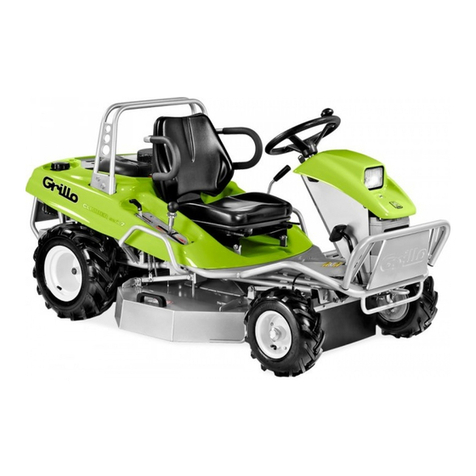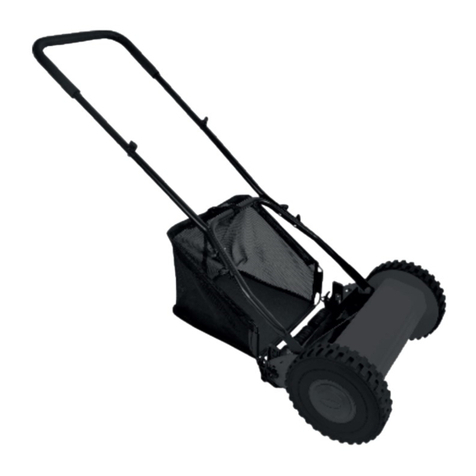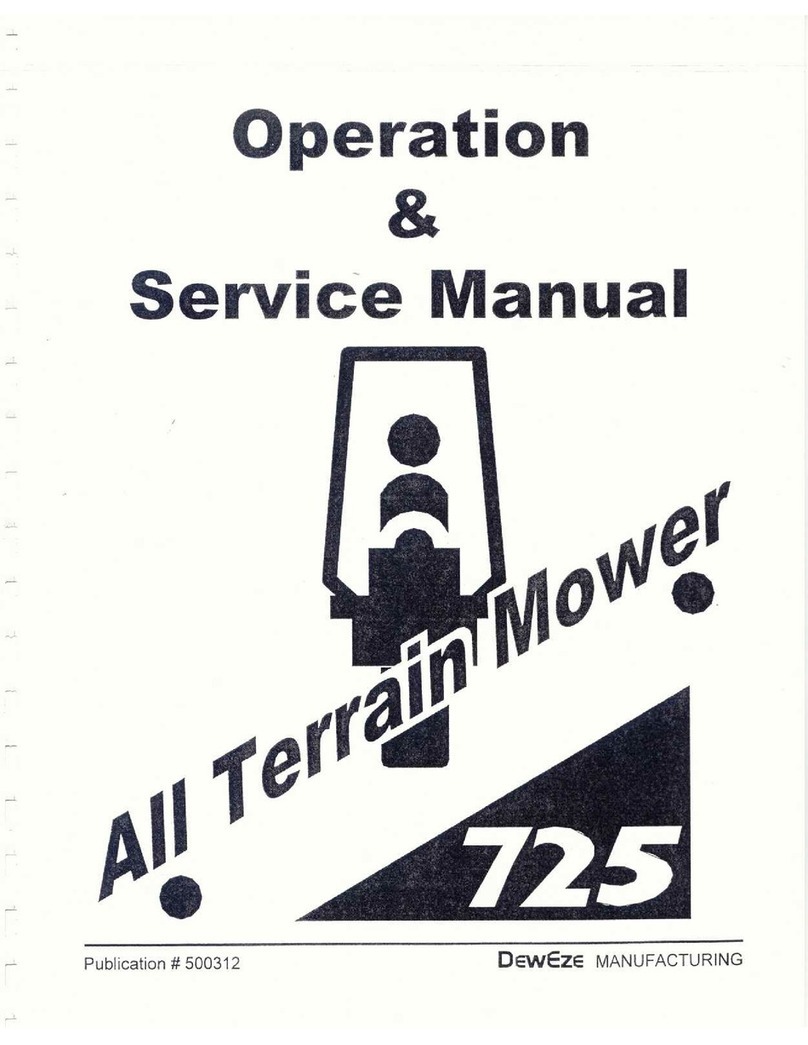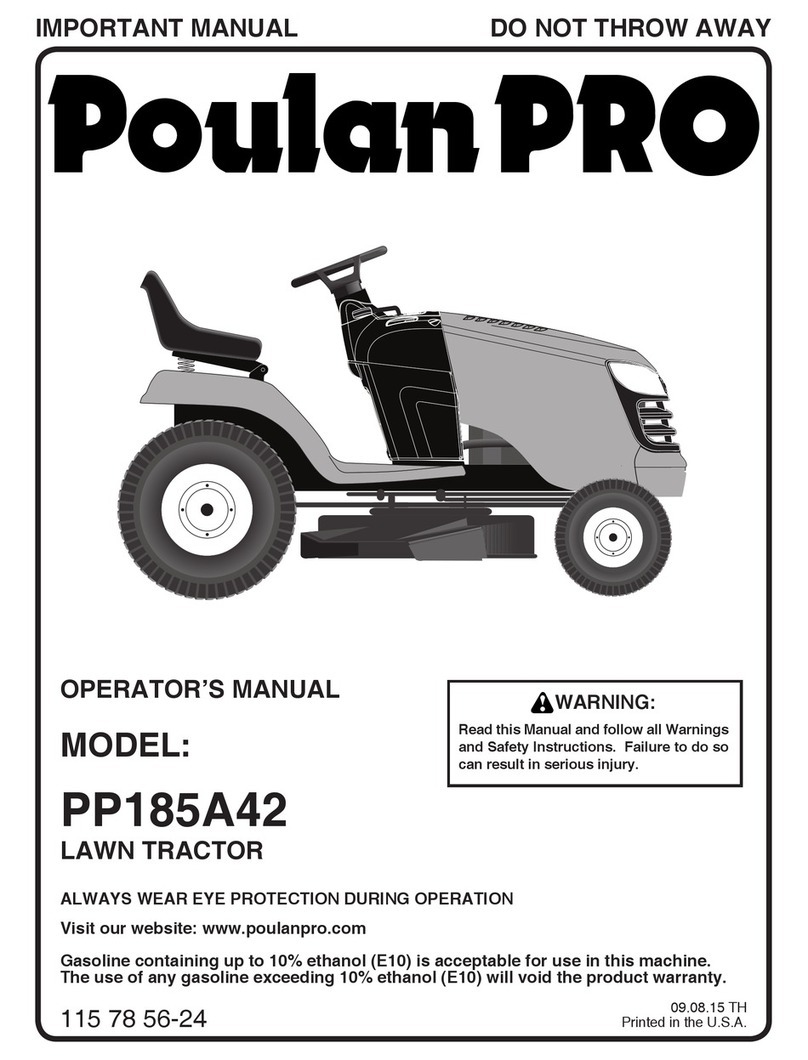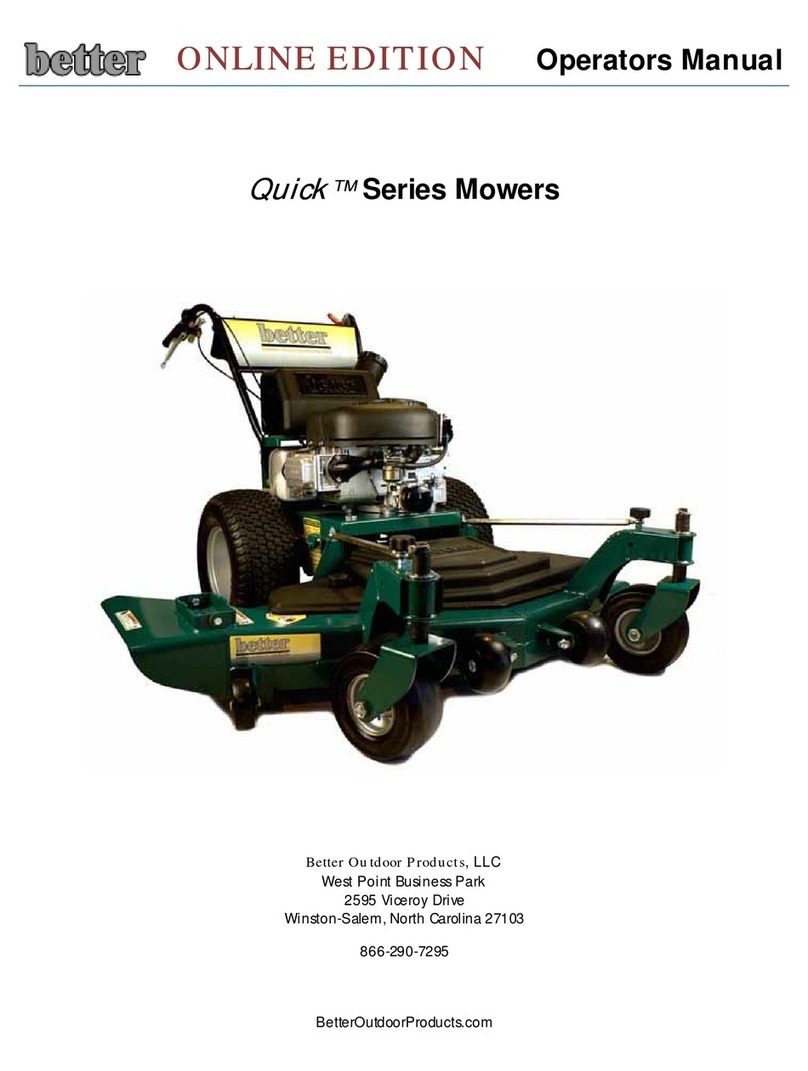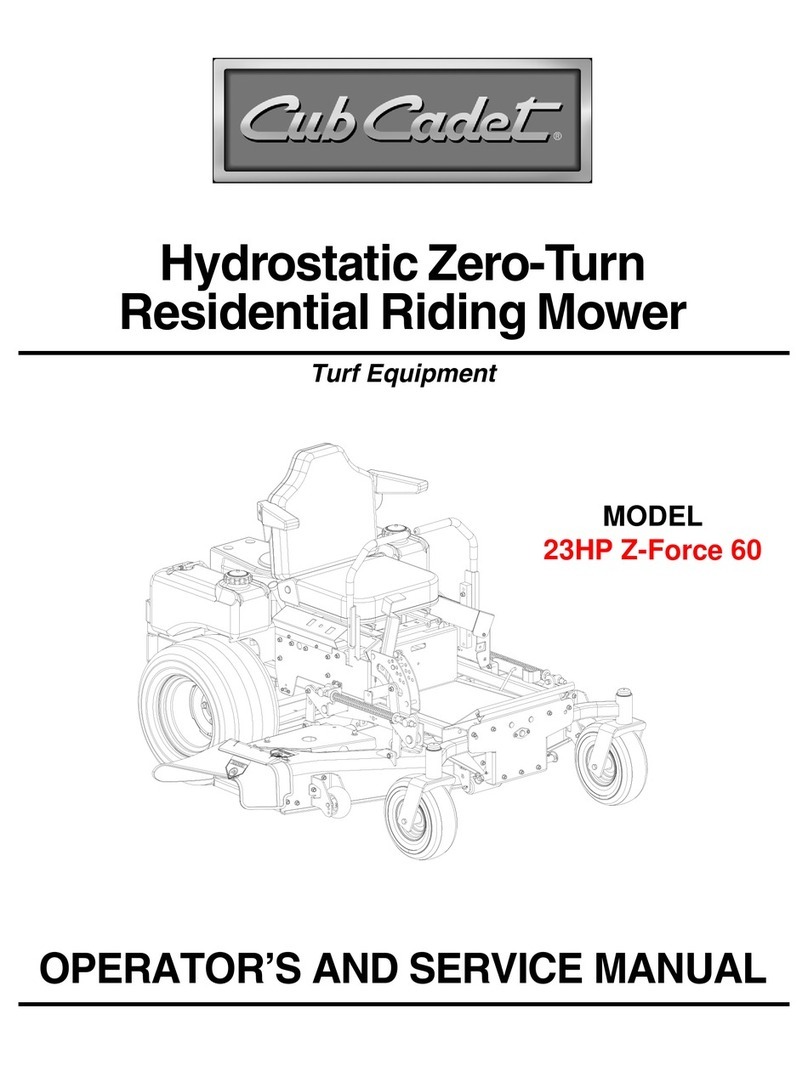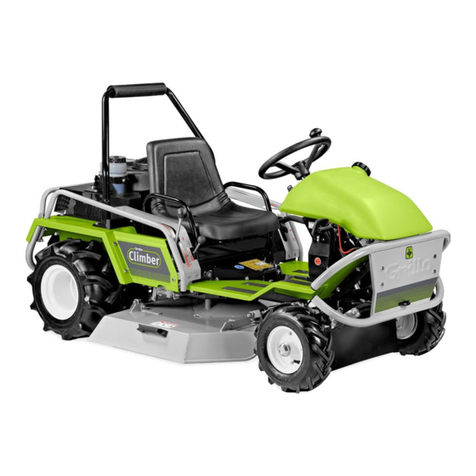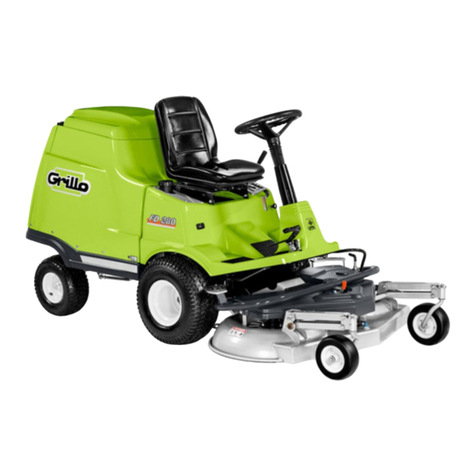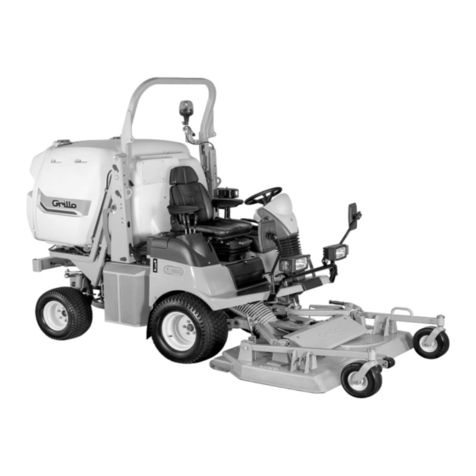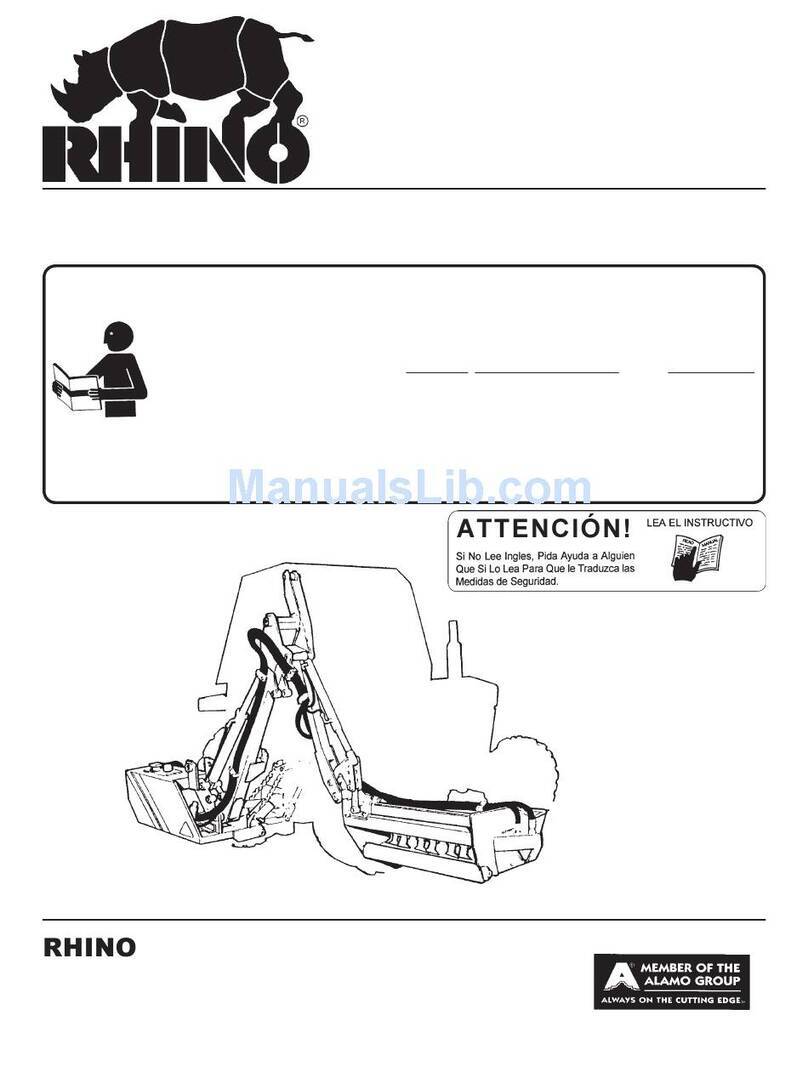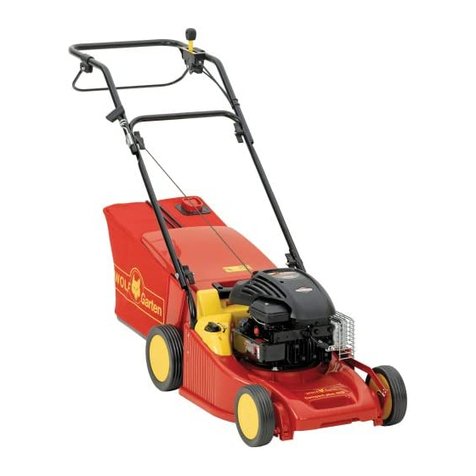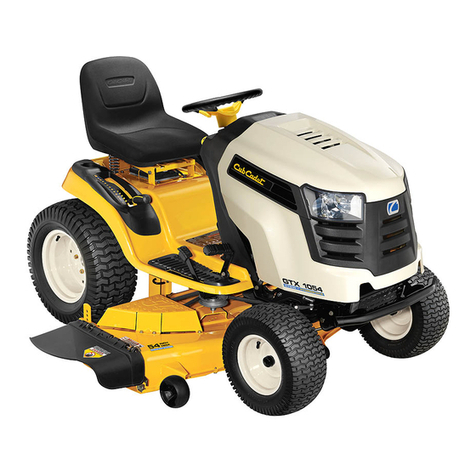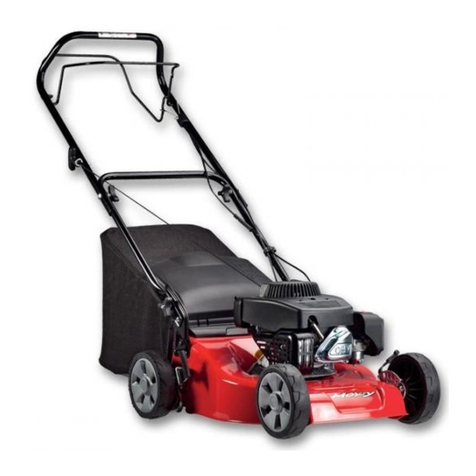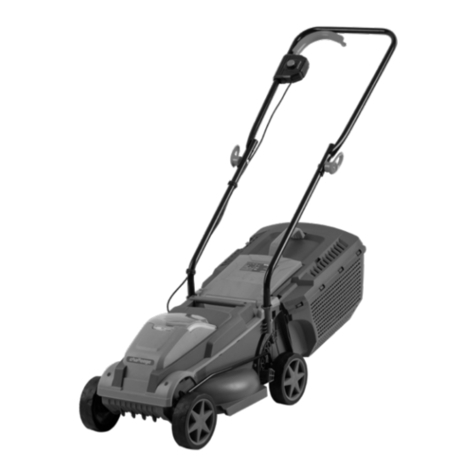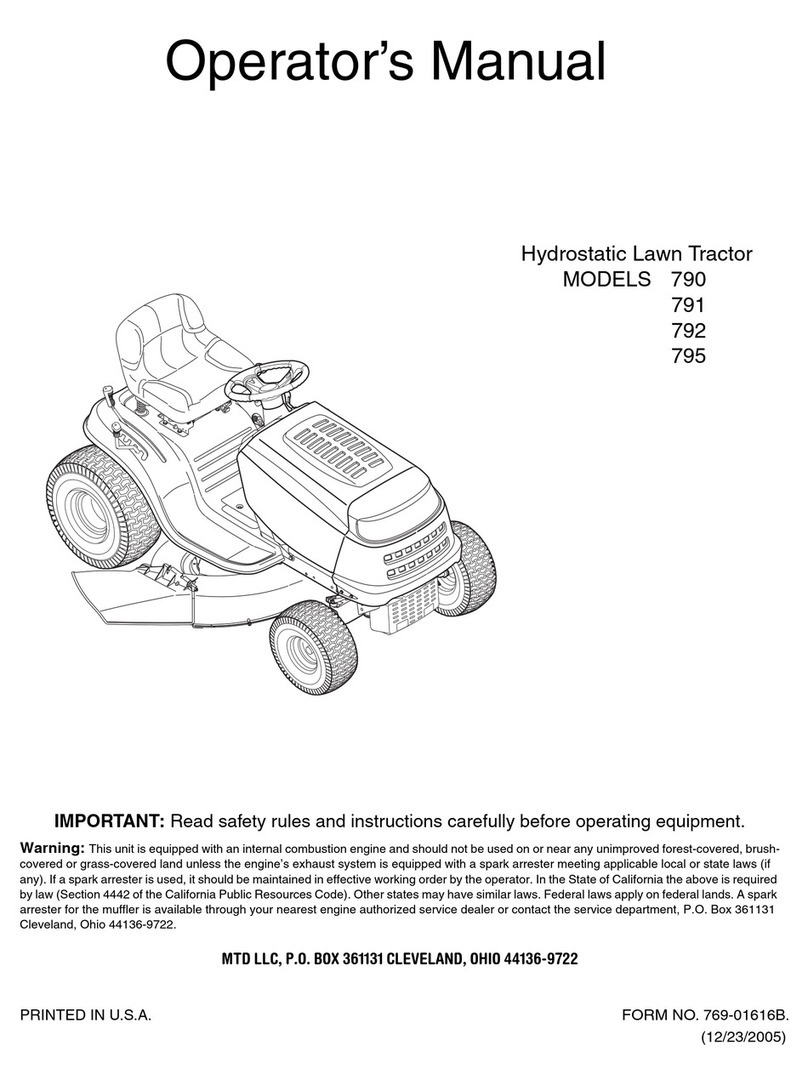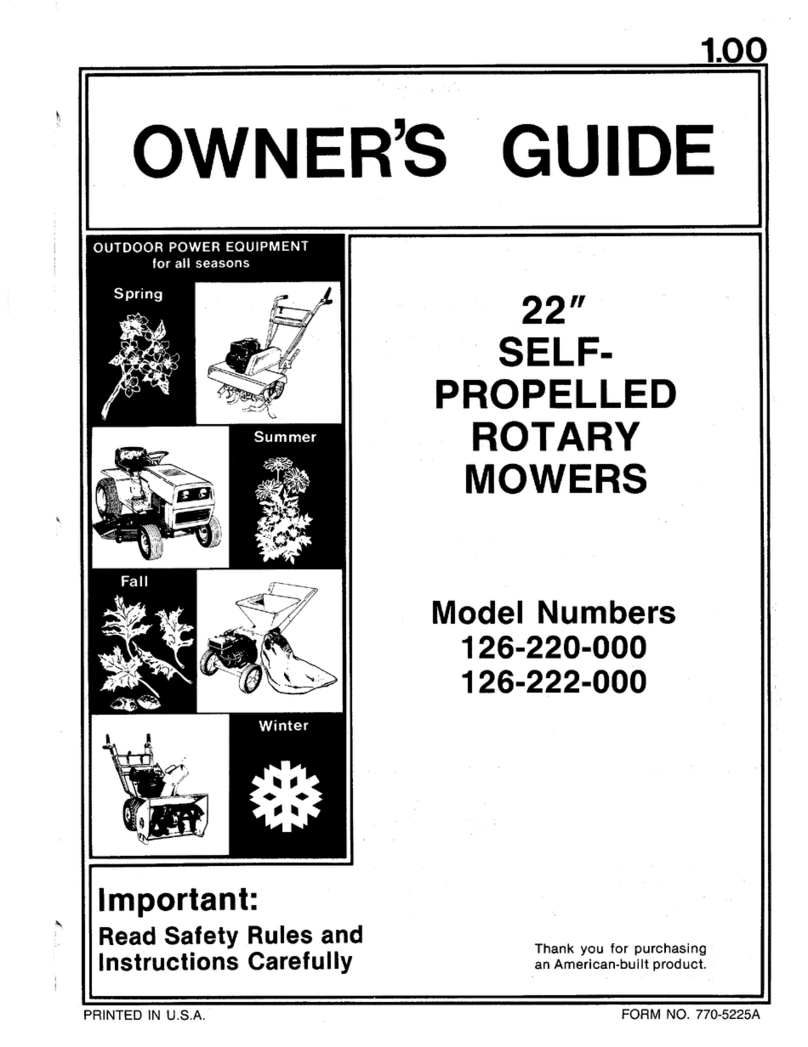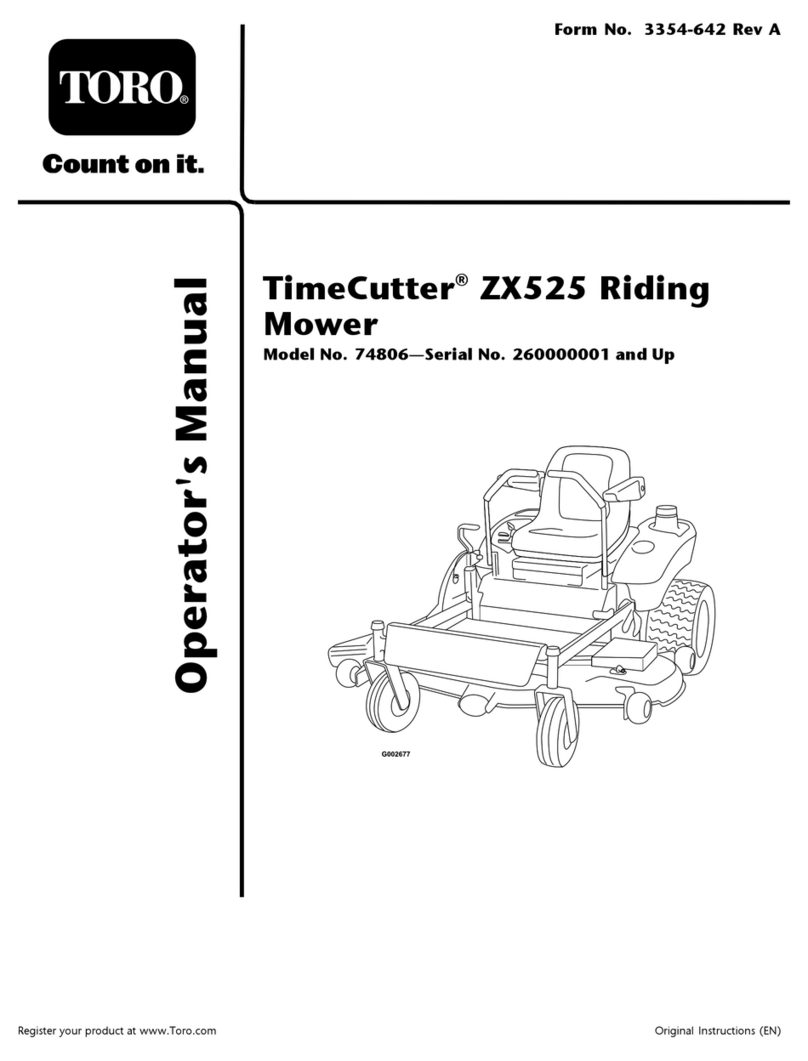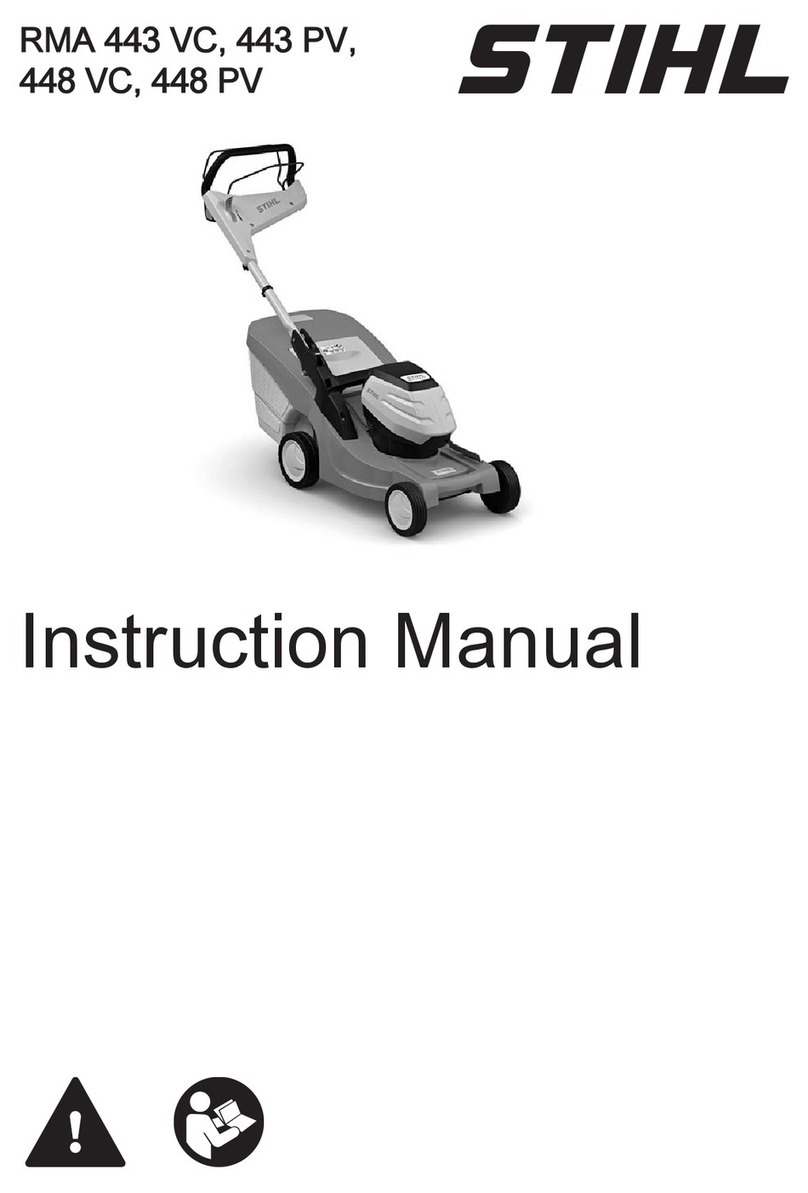GENERAL SECURITY RULES
NORME DI CARATTERE GENERALE SULLA SICUREZZA
SICHERHEITSHINWEISE
RÈGLES GÉNÉRALES DE SÉCURITÉ
NORMAS DE CARÁCTER GENERAL SOBRE LA SEGURIDAD
NORMAS DE CARÁCTER GENERAL ACERCA DA SEGURANÇA
Pay attention to symbol DANGER! It points out all most dangerous operations according to the situation. All safety rules are important and therefore must be strictly
observed. Always keep this handbook within the reach, read it carefully and learn how to use the equipment in a safe way. Let nobody, not provided with necessary
information, work with the equipment.
Fare attenzione al simbolo PERICOLO! Esso indica la presenza delle principali situazioni di pericolo. Tutte le norme antinfortunistiche contente sono importanti e
vanno rispettate. Tenere sempre questo manuale a portata di mano, leggerlo attentamente ed imparare ad usare l’attrezzatura in modo sicuro. Non permettere che
qualcuno operi con questa attrezzatura senza aver ricevuto istruzioni esaurienti.
Attention au symbole DANGER! Il indique la présence des principales situations de danger. outes les normes contenues pour la prévention des accidents sont
importantes et doivent être respectées scrupuleusement. Garder toujours ce manuel à la portée de la main, le lire attentivement et apprendre à utiliser ce matériel
en toute sécurité. Ne pas permettre que d’autres personnes utilisent ce matériel sans avoir reçus des instructions exhaustives.
Achtung - die mit dem ymbol GEFAHR! gekennzeichneten Hinweise weisen auf potentielle Gefahrensituationen hin. Alle sicherheitsrelevanten Hinweise in diesem
Handbuch sind sehr wichtig und müssen unbedingt befolgt werden. Bewahren ie dieses Handbuch stets griffbereit auf, lesen ie es aufmerksam durch, und lernen
ie, die Maschine und die gesamte Ausrüstung sicher zu benutzen. Die Maschine darf nur von Personen benutzt werden, die vorher entsprechend unterwiesen
wurden.
Preste atención al símbolo ¡PELIGRO! Indica la presencia de situaciones importantes de peligro. odas las normas de prevención de accidentes detalladas son
importantes y deben respetarse estrictamente. Conserve este manual al alcance de la mano, léalo atentamente y aprenda a utilizar el equipamiento de modo
seguro. No permita que otras personas operen con este equipamiento sin haber recibido instrucciones exhaustivas.
ake special care not to touch hot parts of the engine.
Prestate particolare attenzione a non entrare in contatto con parti surriscaldate
del motore.
Veiller tout particulièrement à ne pas toucher des éléments surchauffés du
moteur.
Achtung – keine heißen Motorteile berühren!
No tocar partes recalentadas del motor.
ome muito cuidado para não entrar em contacto com as partes aquecidas do
motor.
Engine exhaust fumes can cause sickness or death. If it is necessary to run an
engine in an enclosed area, use an exhaust pipe extension to remove the
fumes. Always try to work in a well ventilated area.
I gas di scarico possono causare malanni o morte. Se è necessario mettere in
moto un motore in uno spazio chiuso, usare una prolunga tubo di scarico per far
uscire il fumo. Lavorare in una zona ben ventilata.
L’exhalation des gaz d’échappement peut être cause d’intoxication ou de mort.
S’il est vraiment nécessaire d’allumer le moteur à l’intérieur, appliquer au tuyau
d’échappement un autre tuyau extensible pour permettre la sortie des gaz. Il est
toujours mieux de travailler en plein air.
Auspuffgase können Übelkeit oder od verursachen. Wenn es notwendig ist,
einen Motor in einem geschlossenen Raum laufen zu lassen, benützen Sie eine
Verlängerung, um das Auspuffgas abzuleiten. Versuchen Sie immer in einem
gut belüfteten Raum zu arbeiten.
Los gases de escape pueden provocar enfermedades o muerte. De tener que
poner en marcha un motor en un espacio cerrado, usar una prolongación del
tubo de escape para que salga el humo. rabajar en una zona bien ventilada.
Os gases de escape podem causar danos ou morte. Caso seja necessário
fazer com que o motor funcione num espaço fechado, utilize uma extensão
para o tubo de escape que os fumos sejam expulso para o exterior. rabalhe
numa área bem ventilada.
Caution! Never touch moving pulleys or belts. hey can be very dangerous.
Never do maintenance with engine running.
Attenzione! Non toccare mai pulegge o cinghie in movimento, creano gravi
danni alla persona. Non fare manutenzione col motore in moto.
Attention! Ne jamais toucher ni poulies ni courroies en mouvement, elles
peuvent provoquer des accidents aux personnes. Ne pas faire l’entretien quand
le moteur est en marche.
Vorsicht! Nie laufende Riemenscheiben oder reibriemen anfassen, da es
gefährlich ist. Nie bei laufendem Motor Instandhaltung machen.
¡Atención! No tocar jamás poleas o correas en movimiento, porque pueden
crear graves daños a la persona. No efectuar el mantenimiento con el motor en
marcha.
Atenção! Nunca toque nas polias ou correias em movimento devido ao alto
risco de ferimentos. Nunca faça a manutenção da máquina com o motor ligado.

